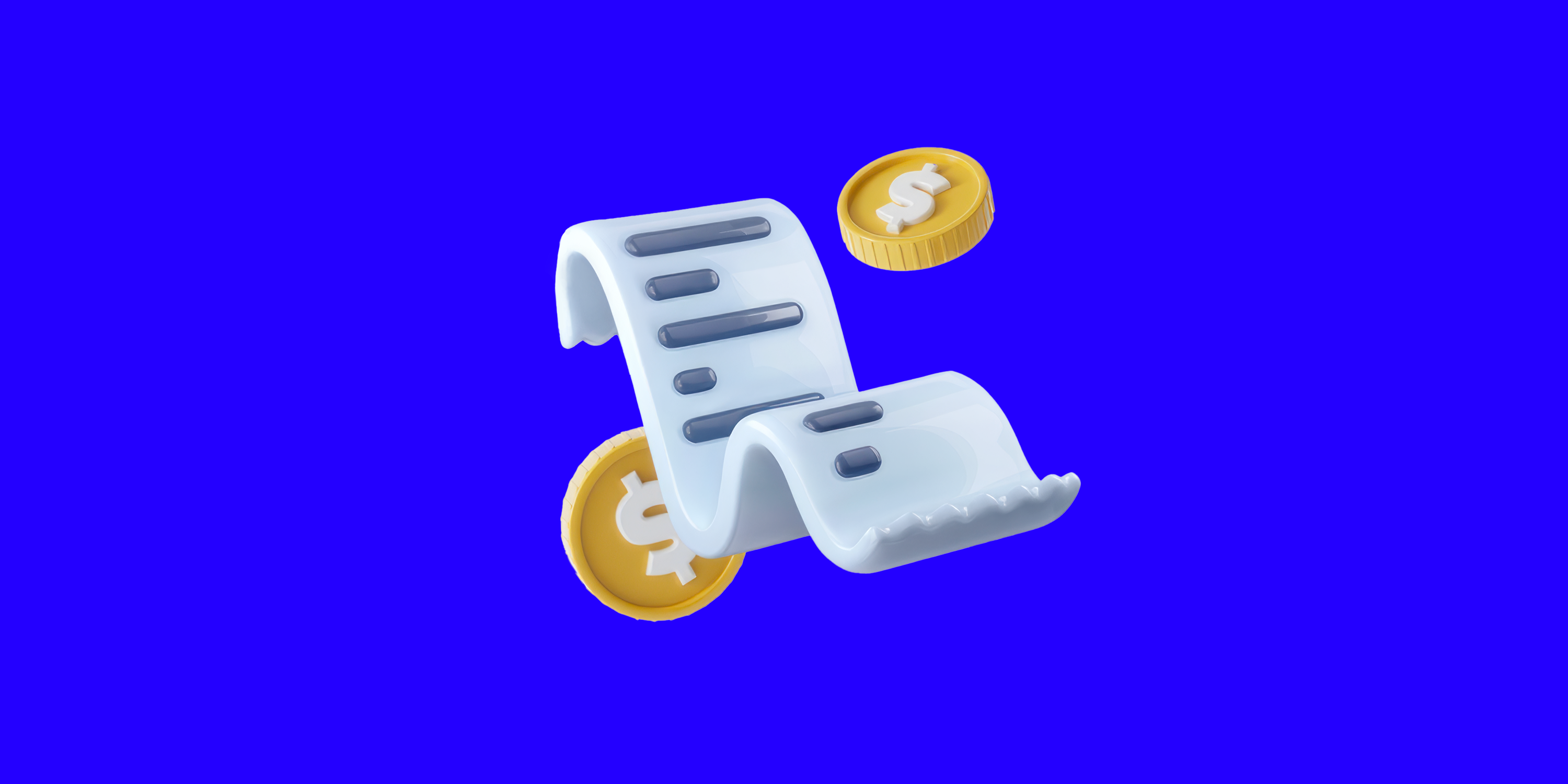
What are some Effective Strategies For Managing Credit Card Debt?
Credit card debt remains one of the most common financial challenges in the U.S., especially for young adults, recent immigrants, and individuals navigating life with limited financial education. While credit cards offer convenience and flexibility, they can also lead to financial strain when balances accumulate.
Effective debt management requires a proactive approach, sound strategy, and discipline. The tips below outline practical ways to gain control of your credit card debt and begin building a healthier financial future.
Understand Your Total Debt
Start by reviewing your credit card statements. Identify the total amount owed, interest rates on each card, and minimum monthly payments. This provides a clear picture of your financial obligations and allows you to choose the right repayment strategy.
Pro Tip: Use a credit monitoring tool, such as the one included with Firstcard, to track changes in your credit utilization and score as you pay down balances.
Choose a Repayment Strategy
Two of the most common debt repayment methods include the avalanche method and the snowball method:
- Avalanche Method: Pay off the card with the highest interest rate first while making minimum payments on others. This approach reduces the total interest paid over time.
- Snowball Method: Pay off the smallest balance first, then apply that payment amount to the next smallest balance. This method builds momentum and provides quick wins to stay motivated.
Select the approach that best fits your goals and personality.
Consider a Balance Transfer
Some credit card issuers offer balance transfer promotions with 0% introductory APR for a fixed period, usually 12 to 18 months. Transferring high-interest balances to a low or no-interest card gives you time to pay down debt without accumulating more interest.
Pro Tip: Check for balance transfer fees before proceeding. Make sure the amount you save exceeds the cost of the transfer.
Automate and Monitor Payments
Missed or late payments can result in late fees, penalty APRs, and damage to your credit score. Automating at least the minimum payment (though it’s always recommended to pay balances in full) ensures you never miss a due date. Where possible, schedule additional payments throughout the month to reduce your balance faster.
Set alerts for payment due dates and track your progress monthly. Many apps, including Firstcard, allow you to track changes to your credit score in the app.
Consider Debt Consolidation
If you’re juggling balances across multiple cards with high APRs, debt consolidation may help. This involves combining all your credit card debt into a single monthly payment, often at a lower interest rate.
- Balance Transfer Cards: Some credit cards offer 0% APR for a limited time when you transfer your balance. This can help eliminate interest for 12–18 months, allowing more of your payment to go toward principal.
- Personal Loans:Many borrowers use personal loans to consolidate credit card debt. These loans offer fixed interest rates and predictable monthly payments, making it easier to budget.
Pro Tip: Review fees and terms carefully before consolidating. Avoid products with short promotional periods, balance transfer fees above 3%, or hidden charges.
Explore Debt Management Plans
If your debt feels unmanageable or you’re falling behind on payments, consider speaking with a nonprofit credit counseling agency. They can offer a Debt Management Plan (DMP), which typically involves:
- Lowered interest rates negotiated with creditors
- A structured monthly payment schedule
- Support from certified financial counselors
These plans may affect your credit in the short term but can be a helpful alternative to default or bankruptcy.
Consider Credit Builder Tools
Some digital platforms offer tools to help rebuild credit while you manage existing debt. For example, Firstcard offers a secured credit builder card that helps you build credit without a hard inquiry. Credit builder cards help to build good financial habits by helping you to not spend beyond your means. With Firstcard what you deposit is what you can spend. That way, you can deposit funds and spend on your terms while improving your payment history and credit utilization, two of the most important factors in your credit score.
Additionally, Firstcard provides:
- In-app credit monitoring
- Up to 4.00% APY on savings
- Cashback rewards on everyday spending
These features make Firstcard an ideal companion for those working to pay off debt and rebuild their credit.
Final Thoughts
Credit card debt does not need to define your financial future. By using strategies like prioritizing high-interest balances, making extra payments, and reducing unnecessary expenses, you can take control and build momentum toward a debt-free life. Firstcard supports your credit journey by providing smart tools, high-yield savings options, and a secured credit-building card designed to help you manage debt responsibly and improve your score over time.

Start Building Credit with Firstcard
- Build credit faster
- No credit check or hard inquiry
- Accepts international students, immigrants and foreigners without SSN
- 0% APR
- Get up to 1% unlimited cashback
- Get up to 4.00% APY
Credit building
for all
.webp)




.svg)
.png)







.svg)